ripsix
New member
I've never seen this before. These are both in the same Earthbox (no water in bottom), all soil is BuildASoil Light Recipe and the only thing I've added was some BuildASoil Worm Castings and 1 watering of rootwise as I was putting the soil in. I planted the seeds straight into the soil, since they're autoflowers.
Indoor tent organic grow, lights at 18/6, everyday has been about 79°F / 68% humidity (with a humidifier and exhale co2 bag).
The seedlings were fine as they sprouted, except the one was already drooping - it didn't look broken and searches led me to thinking it was 'damping-off disease'. But then after putting them under seedling domes for 1 day, this white fuzz appeared around the both of them
Indoor tent organic grow, lights at 18/6, everyday has been about 79°F / 68% humidity (with a humidifier and exhale co2 bag).
The seedlings were fine as they sprouted, except the one was already drooping - it didn't look broken and searches led me to thinking it was 'damping-off disease'. But then after putting them under seedling domes for 1 day, this white fuzz appeared around the both of them

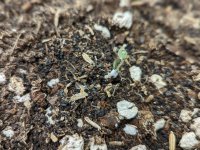
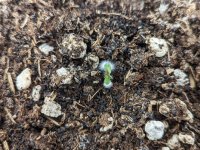

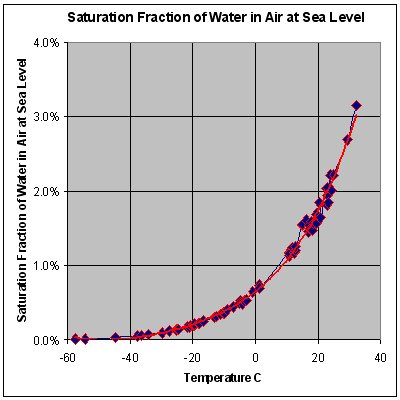
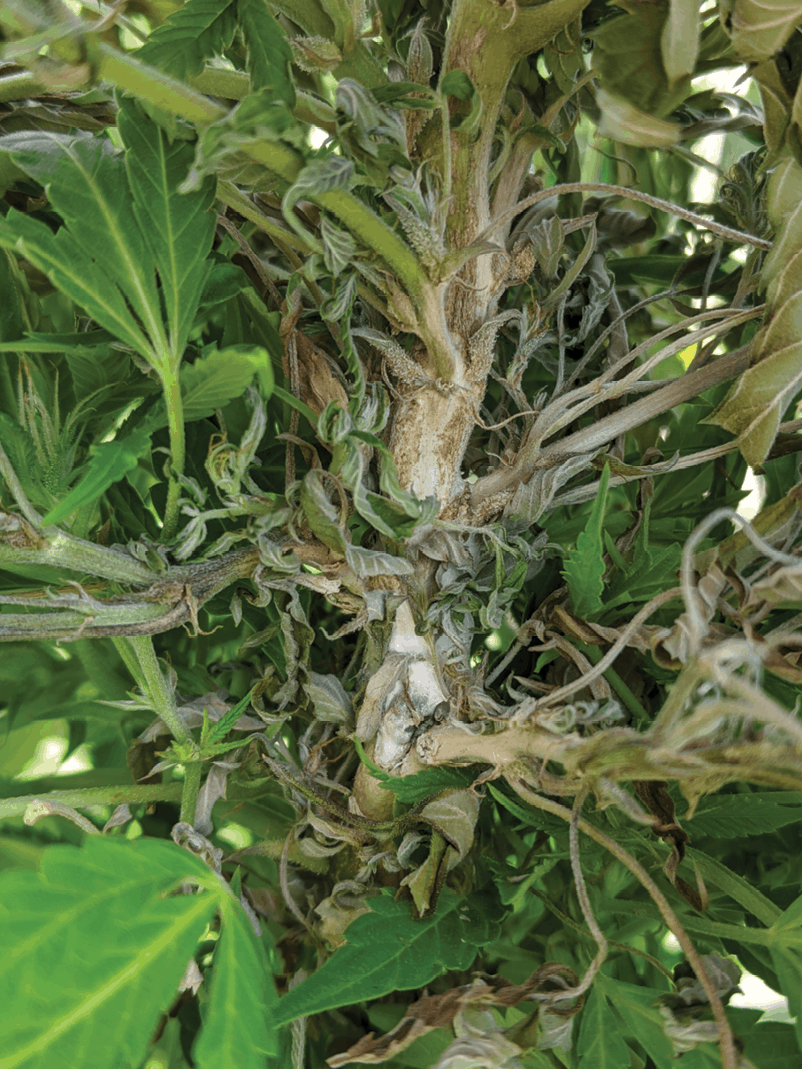
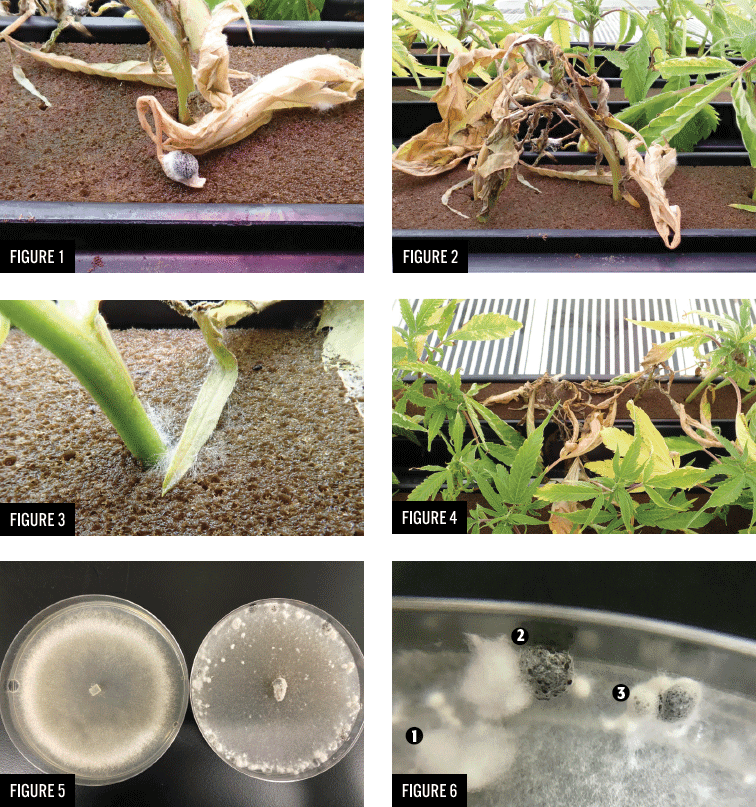

 Best Vibes
Best Vibes
